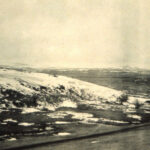Milk River Basin and History

Investigations began to create a project to divert water from the St. Mary River into the Milk River.

35,000 irrigated acres existed in privately owned canals around the City of Chinook and Harlem. There was also a system on the Ft. Belknap Indian Reservation.
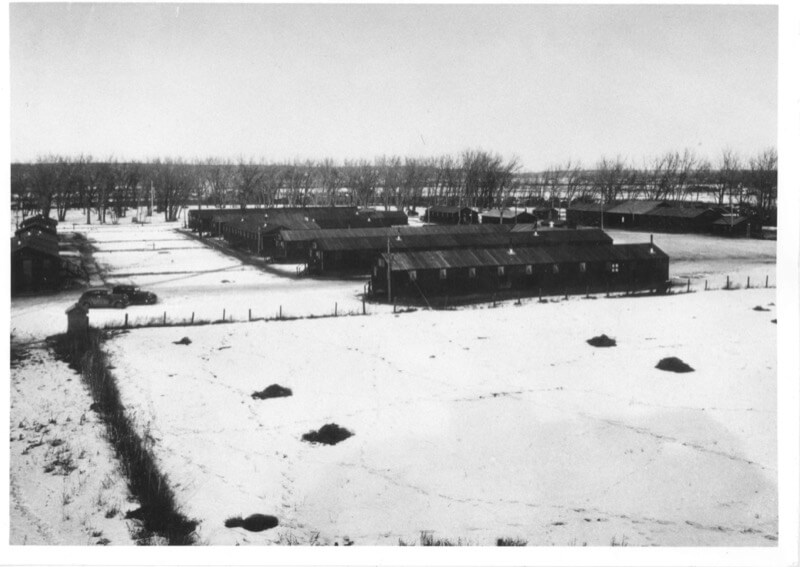
Learn More
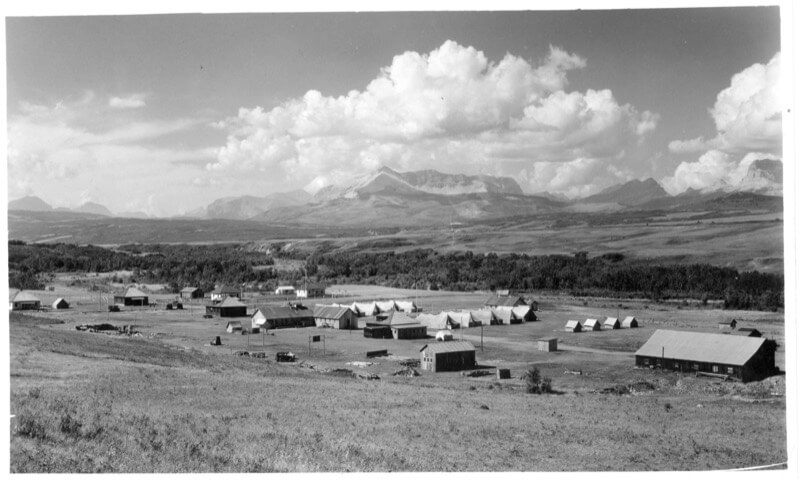
Initial Plans for the Milk River Project were prepared by the U.S. Reclamation Service and submitted for approval to the Secretary of Interior.
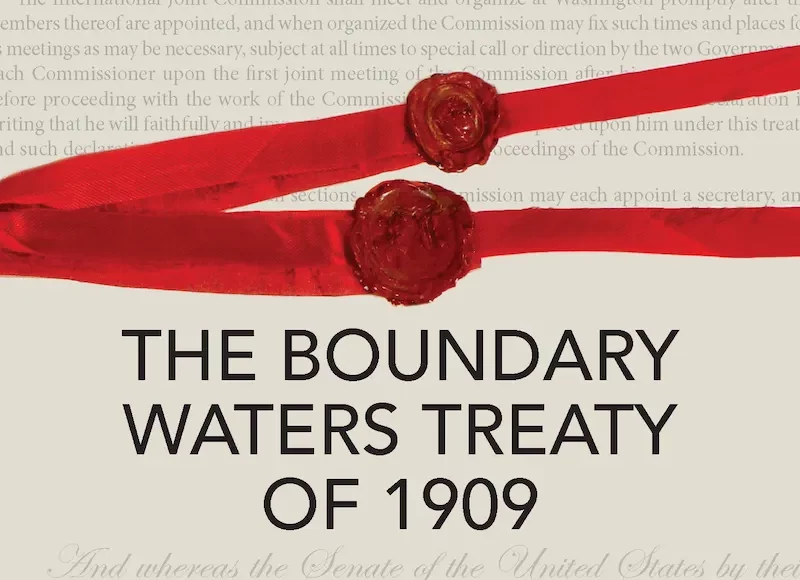
Learn More

Fresno Dam, located on the Milk River 14 miles west of Havre, Montana, is a compacted earthfill dam with a structural height of 110 feet and a crest length of 2,070 feet.

The intake tower structure was modified by adding a circumferential overflow spillway crest, and the weir-type overflow spillway at the left abutment of the dam was filled with compacted earth material extending the crest of the dam to the left abutment.

The dam embankment was raised to crest elevation 4814.5 using the reinforced earth concept to provide additional surcharge space to safely pass the inflow design flood.

The Dodson Diversion Dam, on Milk River 5 miles west of Dodson, Montana, is a timber crib, weir-type structure with movable crest gates. The structural height is 26 feet; the crest length is 8,154 feet. In 2003, to capture spring runoff a air bladder was added to the dam to divert water to Nelson Reservoir.
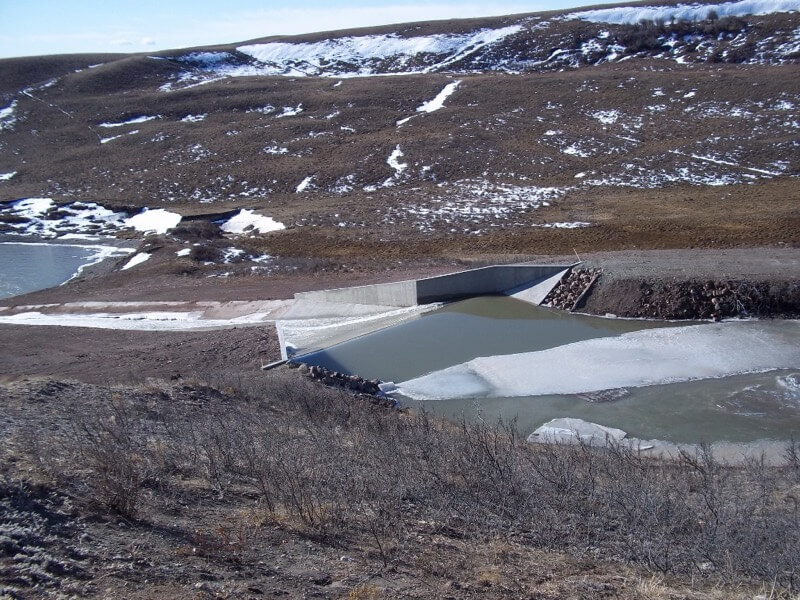
The Milk River Joint Board of Control and Bureau of Reclamation entered into a collaboration project to use Joint Board staff to complete the repairs to Drop 4. This project was lead by the Joint Board and supervised by Reclamation. The project was extremely successful and has set the groundwork for future collaboration efforts.

See Project

See Project

See Project








